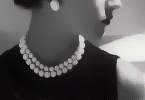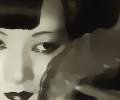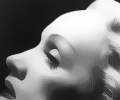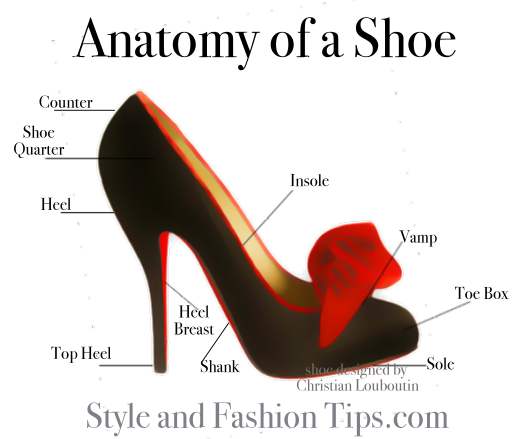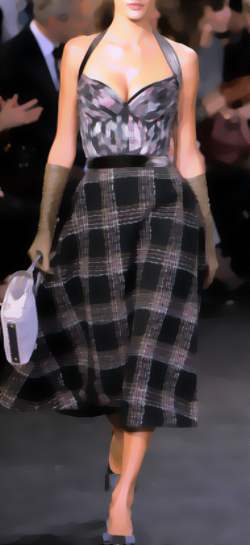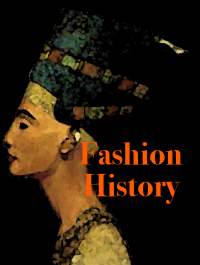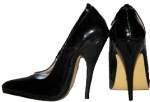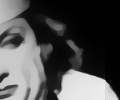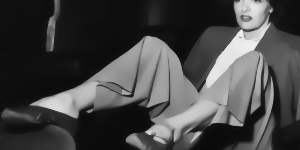.

Bustier
What is a bustier?
It is a one-piece, tight-fitting, sleeveless
garment, designed with cups and flexible boning.
It is meant to fit around your breasts and down around your ribcage. It
usually ends at the waist unlike a corset.
Hooks and eyes, cord or ribbon, connect most of them. They are almost
always strapless.
They are meant to define a woman’s shape and enhance her
breasts.
They are often worn on the outside directly over the skin, or over
other garments like blouses, shirts & t-shirts.
Corsets
Corsets
have had a few other incarnations.
The “Swan Bill” corset from the
Edwardian era alleviated the issues from the earlier stays but produced
back problems.
The rigid corsets fell out of vogue once again, this time to
de-emphasize the hips, not the bust line.
Brassieres were introduced as well as girdles.

By the late 18th century, the empire waist style dress became the vogue
and de-emphasized the natural waistline.
Stays were shortened to extend
just below the breasts.
As the
early 19th century rolled around the “Victorian Era” emphasized
the natural waistline once again, focusing on the hourglass figure.
Stays became known as corsets and went from the breasts down to the top
of the hipbone.
The skirts of dresses were very full and pads were used at the
shoulders to exaggerate the smallness of the waist. bustiers are still
the same basic shape, but they are available in
numerous materials.
In
the late 20th century, the new freedom of expression arrived. Sex and
women’s rights were prominent and impacted women’s fashion designs.
Fetish wear became the craze. Entertainers and trendsetters alike wore
clothing to emphasis their sexuality.
They are still the same basic shape.
They are available in
numerous materials. Not just for undergarments or bedroom costumes
anymore, they
are now mainstream and worn to be seen under sheer clothing or
over other garments.
You can find them built into all styles of women's dresses, evening
dresses, party
dresses and wedding gowns.

Designer Labels to Look for:
Bottega, Veneta, Calvin Klein, Carolina
Herrera, Jean Paul Gaultier,Versace, Emanuel Ungaro, Araks
Fashion
History
Modern bustiers are a reincarnation and modified version of their
earlier 16th century linen cousins. They were called the “payre of
bodies” and “stays”. Stays had shoulder
straps and a small waist ending in flaps.
Their shape was an inverted cone meant to compliment the large
multi-layered skirts below. They pushed up the breasts, narrowed the
waist and straightened the back


